Angkor Whaaat?
Hello there loyal followers and welcome to week nine of the RSBA, brought to you from Cambodia. There have been ups, there have been downs, and so many, many things in between, and we can’t wait to share all of these with you. So make yourself a cuppa and get comfortable because this is going to be a good one…
Our flight from Thailand to the city of Siem Reap took us just over an hour, so we weren’t expecting there to be too much of a culture shock when we got there – we were wrong (and maybe being slightly racist?!). Our hotel had arranged for a “driver” to greet us at the airport, so we were expecting the usual standard taxi to come and collect us. To our surprise and bemusement, the driver loaded our bags on to a traditional Khmer tuk tuk, essentially a wooden carriage drawn along by a scooter, and we hopped on and enjoyed viewing the sights around us on the way into the city. First impressions were that is a lot more “rustic” than Thailand, which we loved, with far fewer neon signs and high-rise buildings. The people were warm and always smiling, and so keen to get to know us better (with no alterior motive, which was refreshing).
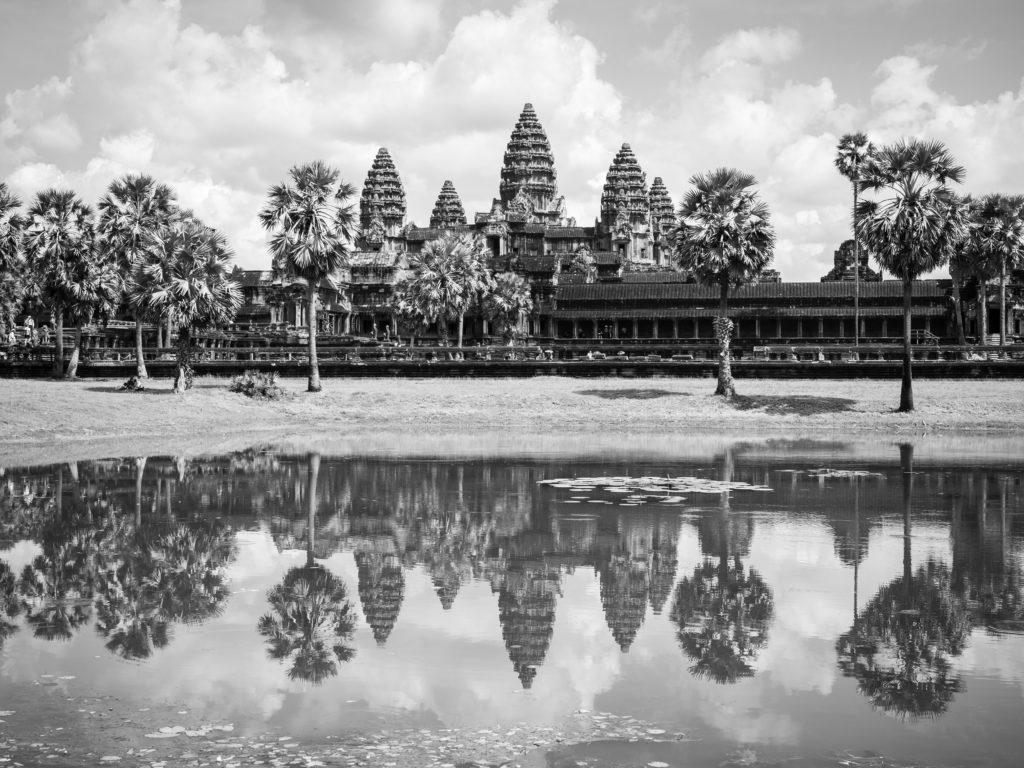
Siem Reap is most commonly known for its ancient stone carved temples, the most famous being Angkor Wat, the symbol of Cambodia. We set off at 4.30 a.m. and made our way to the site, eager to get there as early as possible (to witness the famous sunrise dahhhling, of course!). We were one of the first to make it to the entrance, and we smugly waited for the next five minutes until the gates opened, whilst visitors piled up behind us. As soon as five o’clock hit, we dashed across the bridge leading to the entrance to the temple grounds and up the stone staircase (knowing exactly where we were going because we’d done a reconnaissance mission the day before) only to see everyone behind us going through another entrance. Oops! We dashed back the other way and eventually squeezed ourselves into the crowd to our chosen spot (Mr RS is very serious when it comes to his photographs!). All those romantic Insta-worthy shots of Angkor Wat at sunrise come at a price, with people scrambling to get the best spot, staking their territory with tripods, elbows and claws at the ready – what fun!
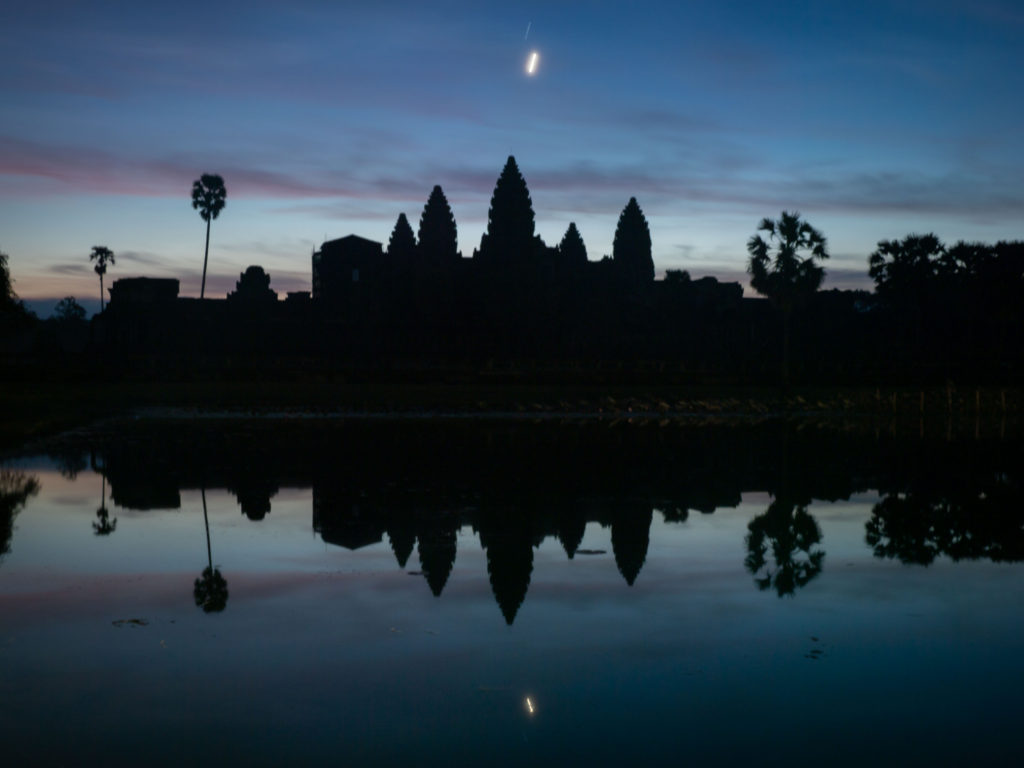
Anyway, for all our efforts and just as the sun was rising, a massive cloud appeared and ruined the golden glow we were waiting for – brilliant. The temple itself was definitely worth the visit though, and several of the other temples in the Angkor complex (we actually visited around 13 temples in two days) were used in the Tomb Raider movies, so I definitely pretended to be Lara Croft as we navigated the many uneven stone staircases, side-stepped our way through narrow corridors and leapt over crumbling walls (OK this last one is a slight exaggeration but you get the point). All in all, well worth a couple of days in Siem Reap.
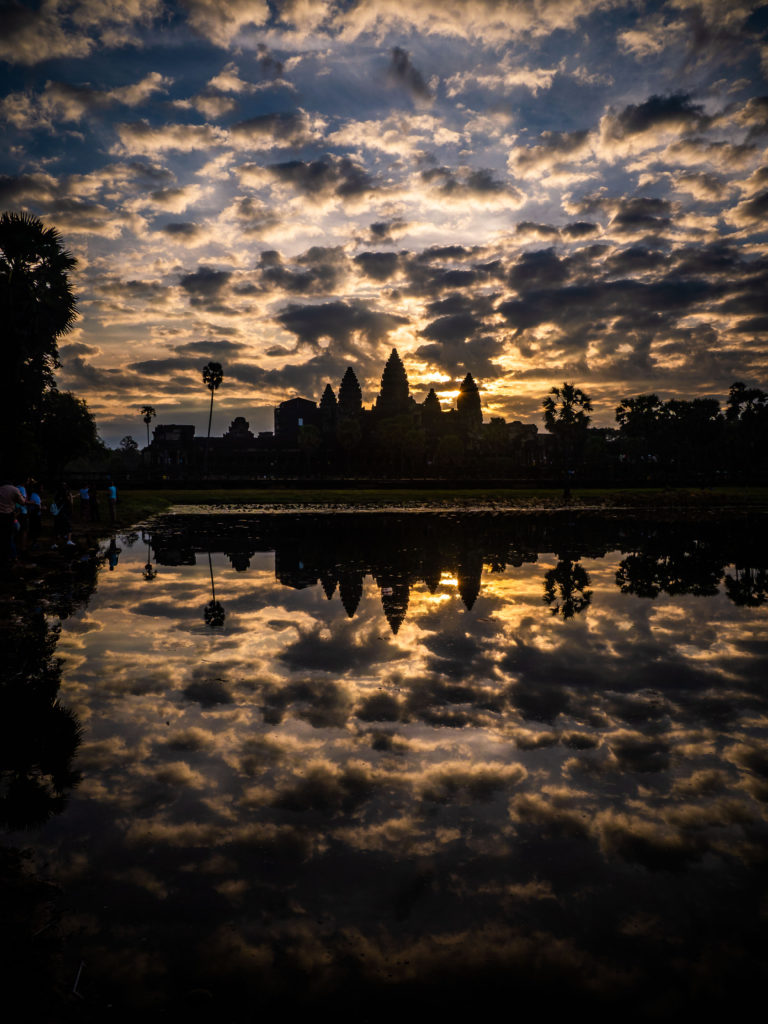
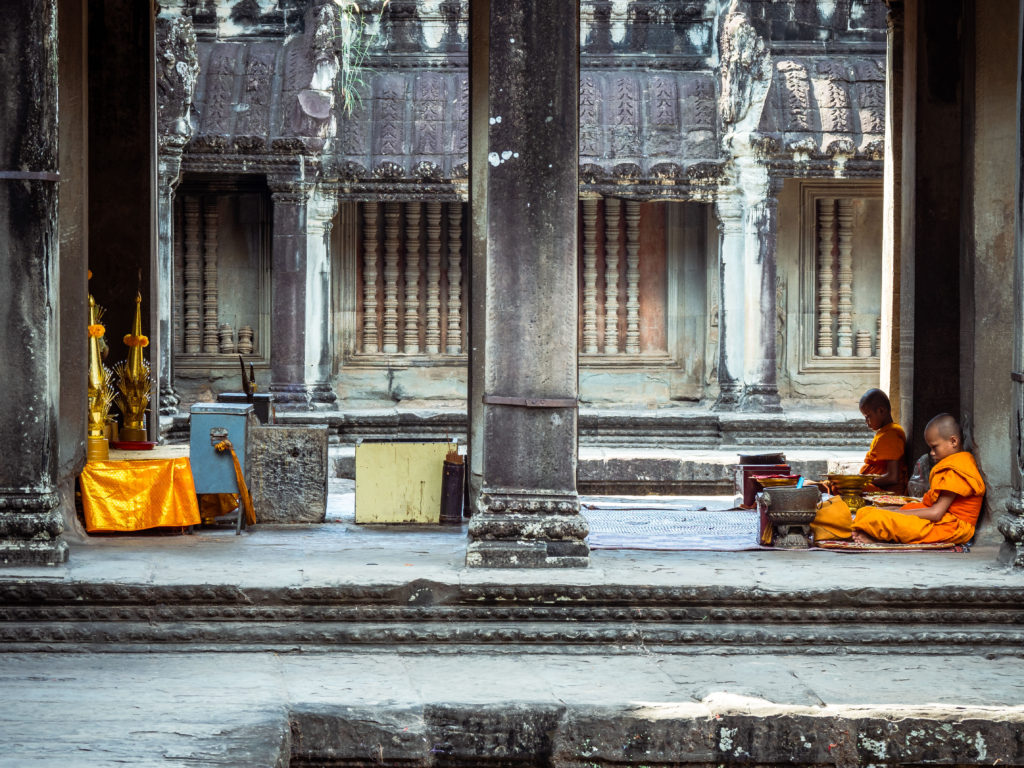
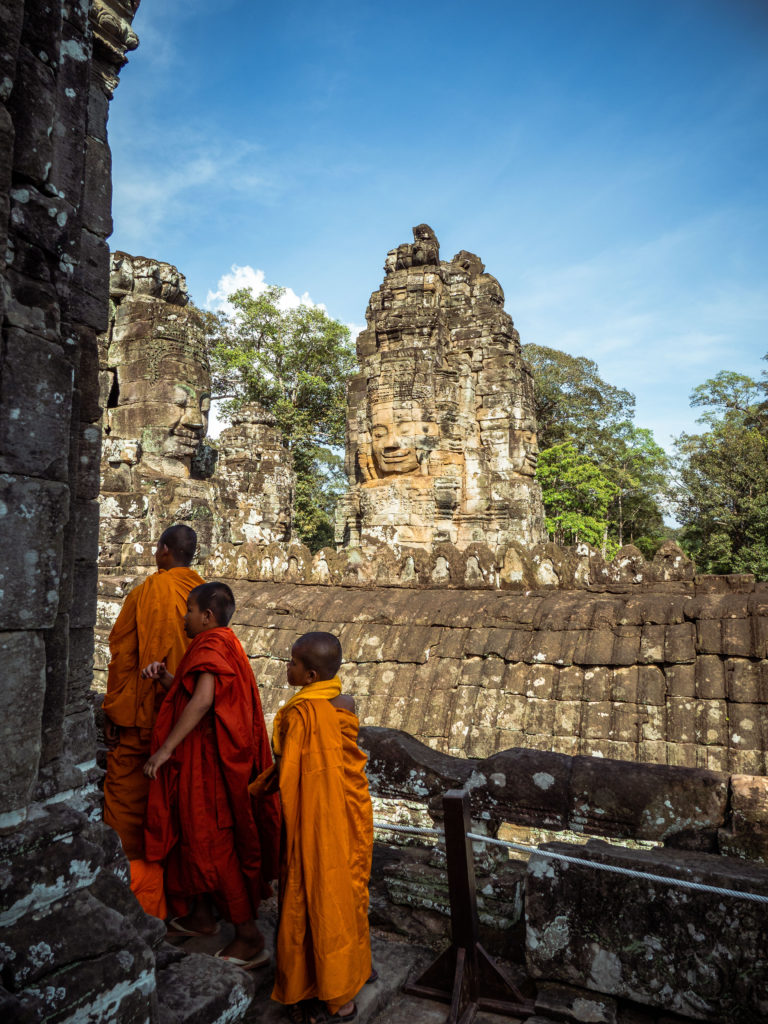
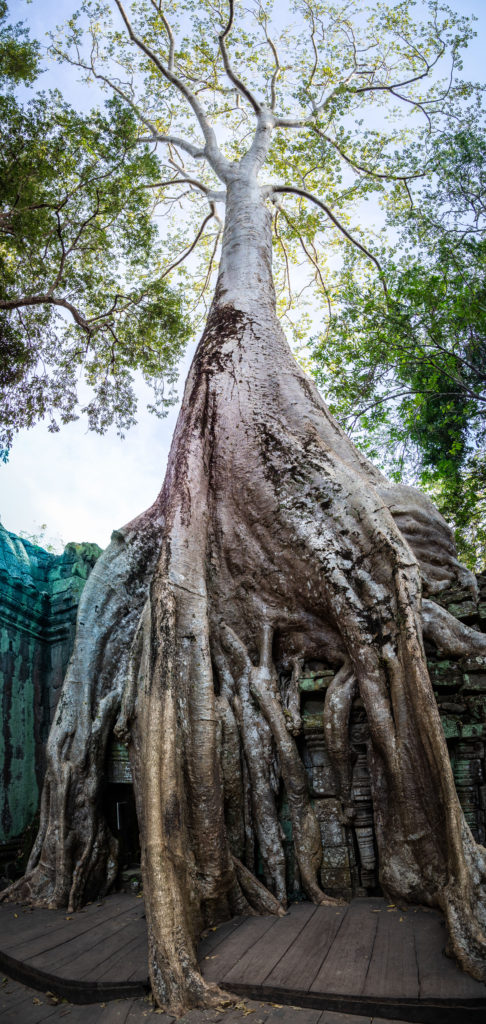
Our next stop was the town of Battembang (pronounced “Battembong”, and misleadingly known as Cambodia’s “second city” because about five people were seen on the streets at any one time). This is a sleepy but artsy town filled art galleries and hundreds of hipster cafes run by the many social enterprise schemes run from Battembang, which basically means they can charge double for a coffee. As has become the norm for us now, we hired a moped and headed out of the city to explore the surrounds. One of the most exciting things was seeing the bat caves, where everyday at five p.m., a stream of bats migrate out of the cave in search for food. Apparently this phenomenon is very rare, with only seven places in the world known to have this. We must have seen a few million bats, as the tiny things uniformly snaked out of the cave in a constant stream which lasted around half an hour. To put it very basically, this was one of the coolest things I have ever seen. Ever.
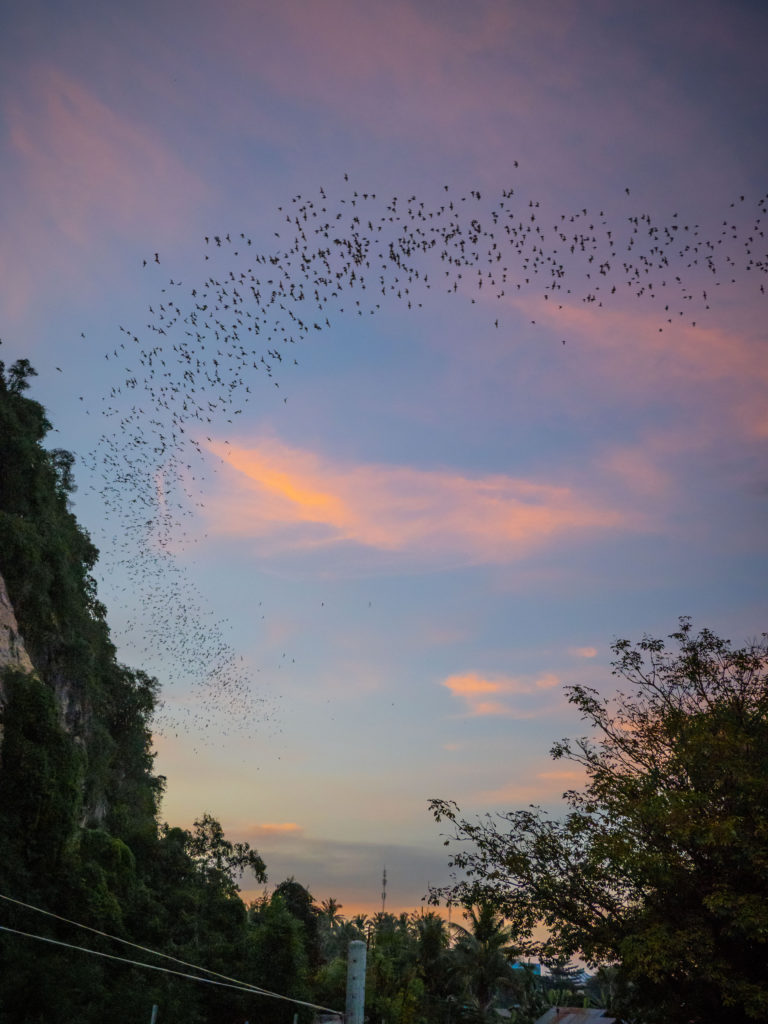

Our last stop this was to the city of Phnom Penh, Cambodia’s capital. It’s a fairly unremarkable city but it has a very bleak history, which we learnt about during our visits to the Killing Fields and the S21 prison. I have been battling with whether to go into the horrific details of what we saw there and how it made us feel, as to put it mildly, it made my stomach turn. I don’t think the details will be done justice in this post but the photos should do a better job in giving an insight into the awful Khmer Rouge regime that this beautiful country was subjected to only a matter of 40 years ago.
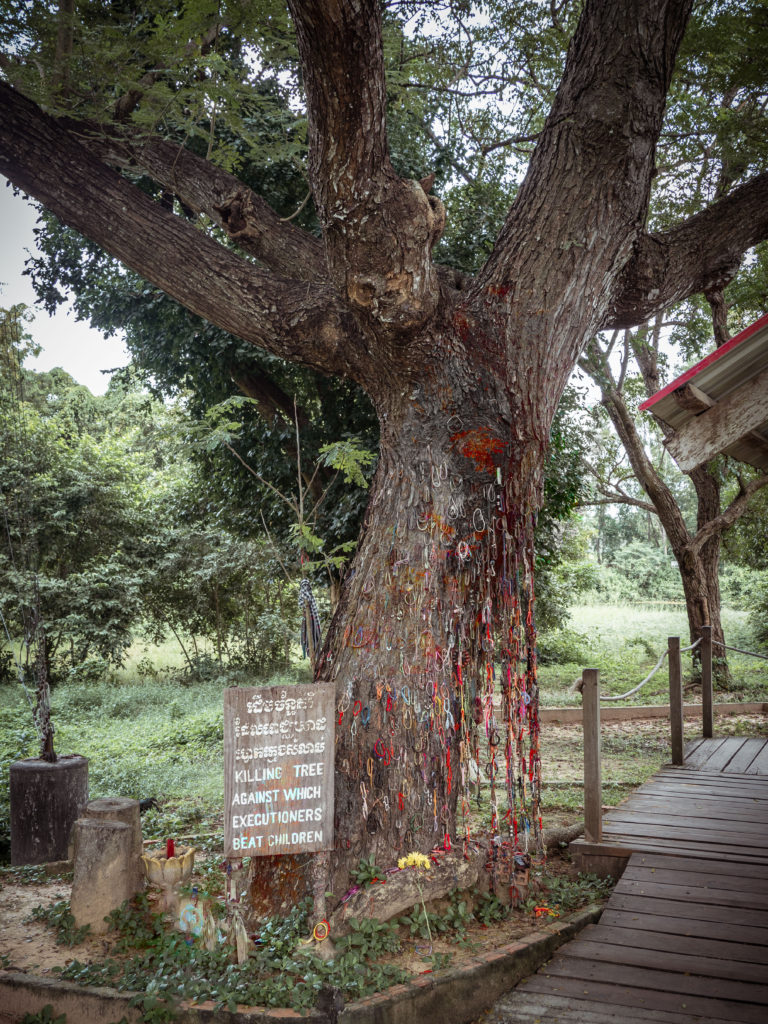
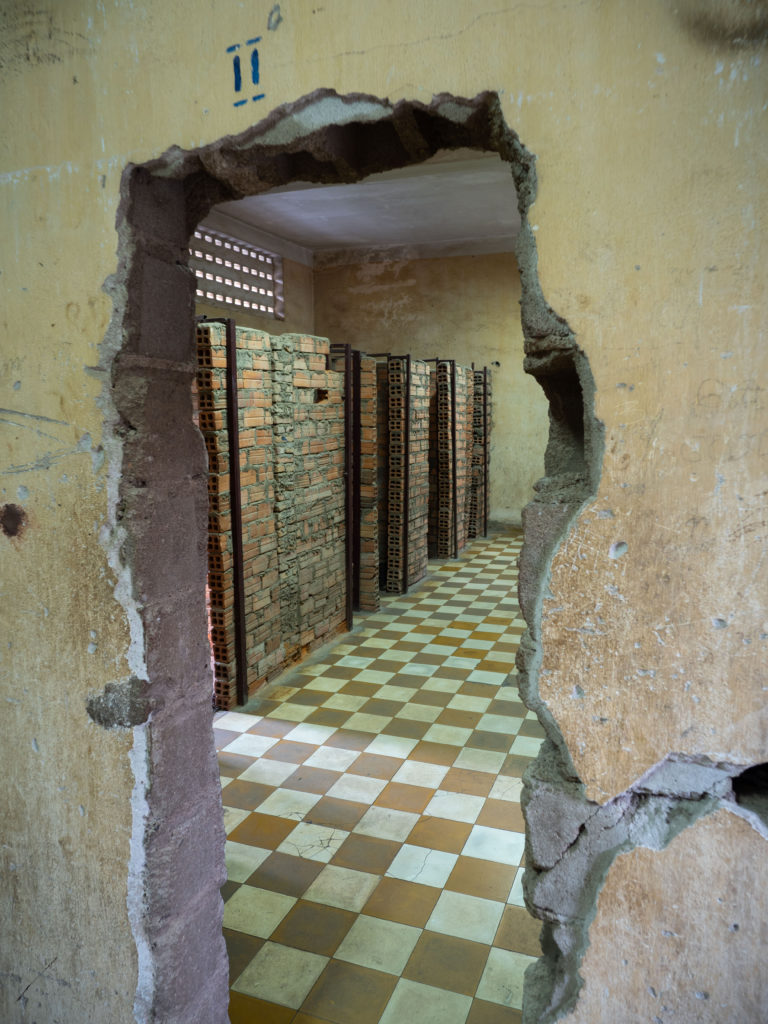
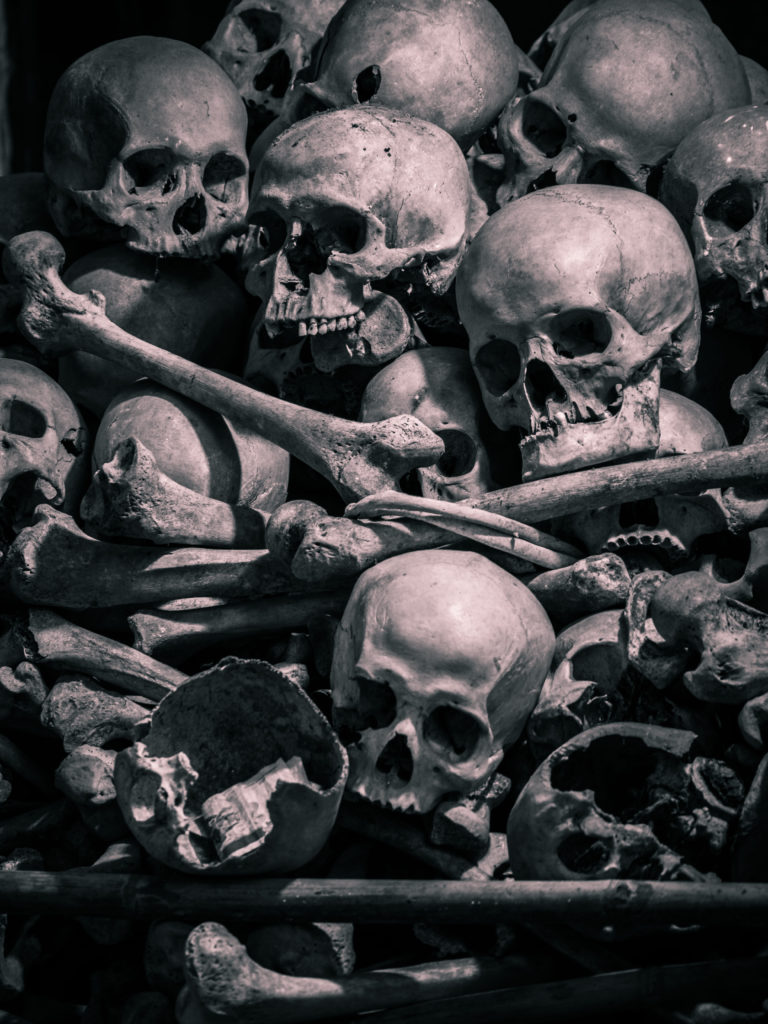
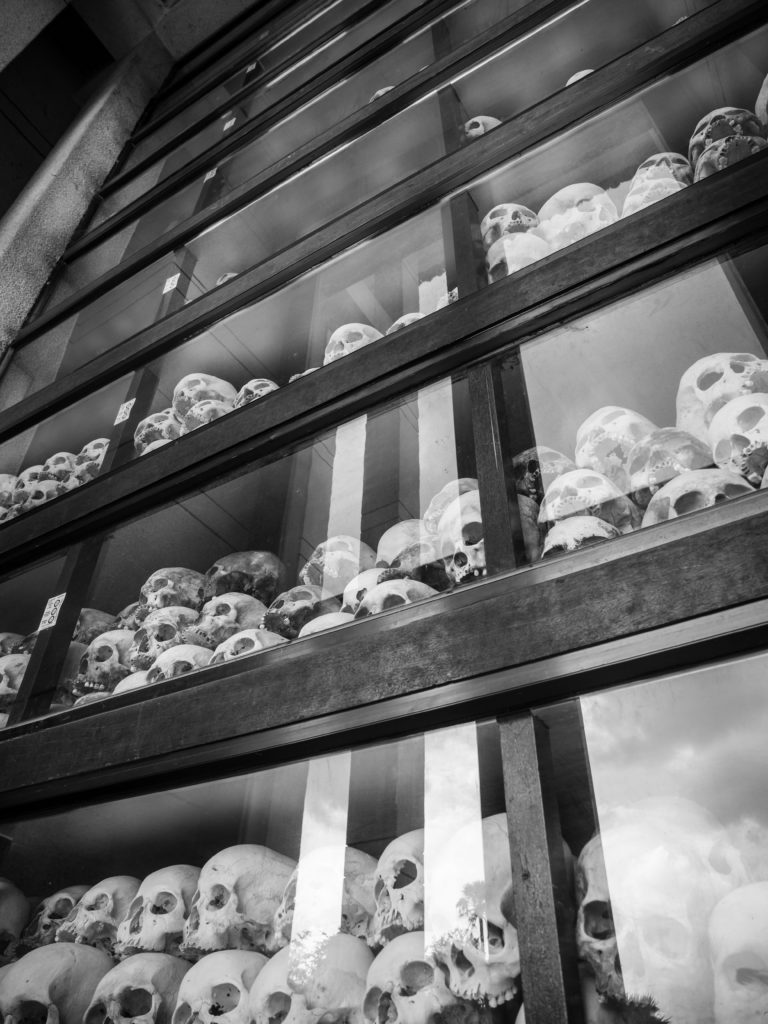
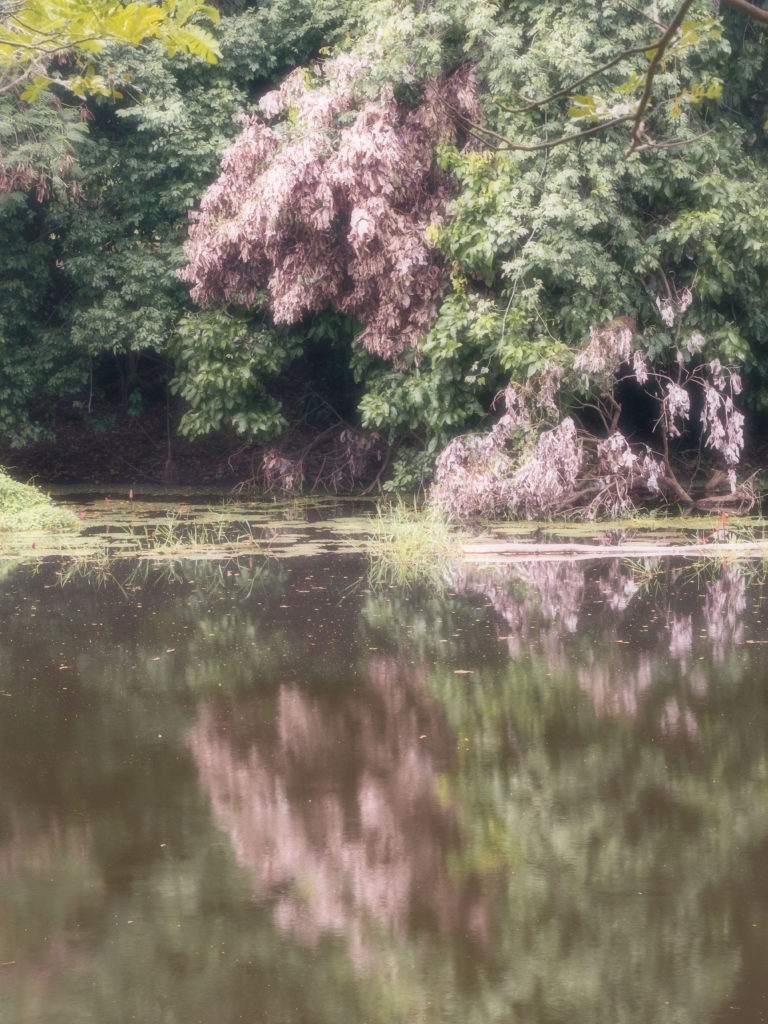
See, we told you there would be ups and downs. Anyway, next week we’re heading south to see what the rest of Cambodia has to offer up to us eager explorers.
Much love,
The Resignated Survivors
Highlight of the week: One of the most unique things we’ve done on the RSBA so far was ride the Bamboo Train through the beautiful rice fields of Battambang. There are no working train networks currently running in Cambodia, but the Bamboo Train was a simple contraption used by famers to transport goods around the countryside. It is essentially a flat wooden bamboo panel that is laid across two sets of wheels, which travels at around 50mph on a single railway track. If you encounter one coming the other way, you simply get off, dismantle the train to let the other one pass, before putting it back together and setting off on your way. Genius!
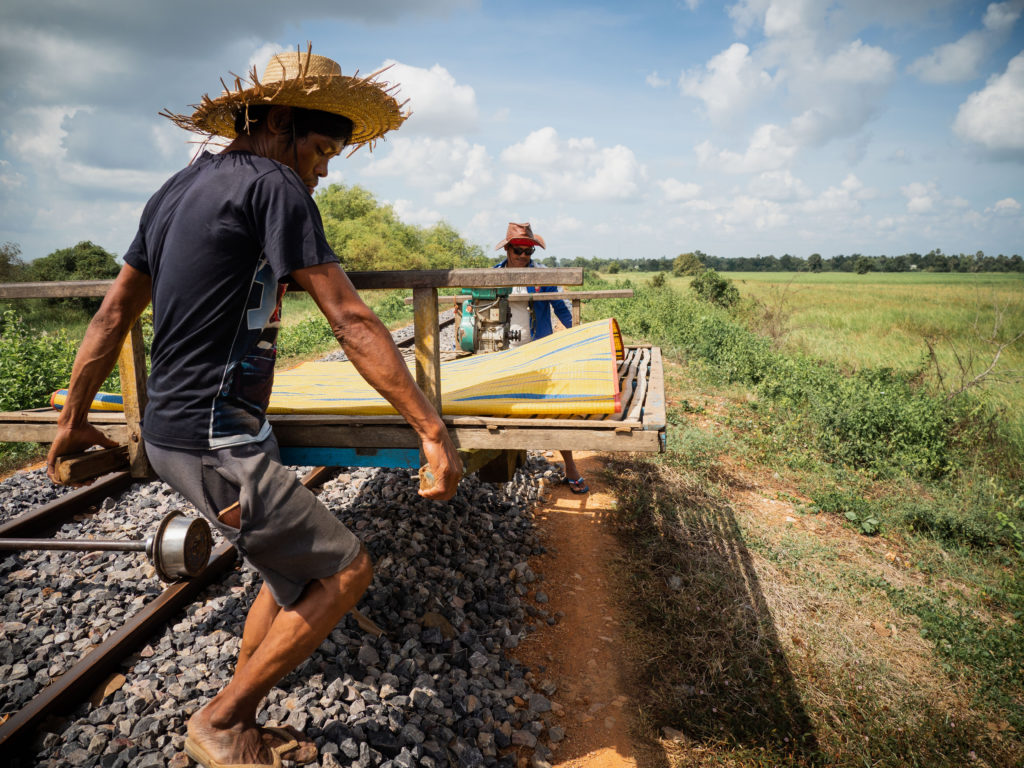
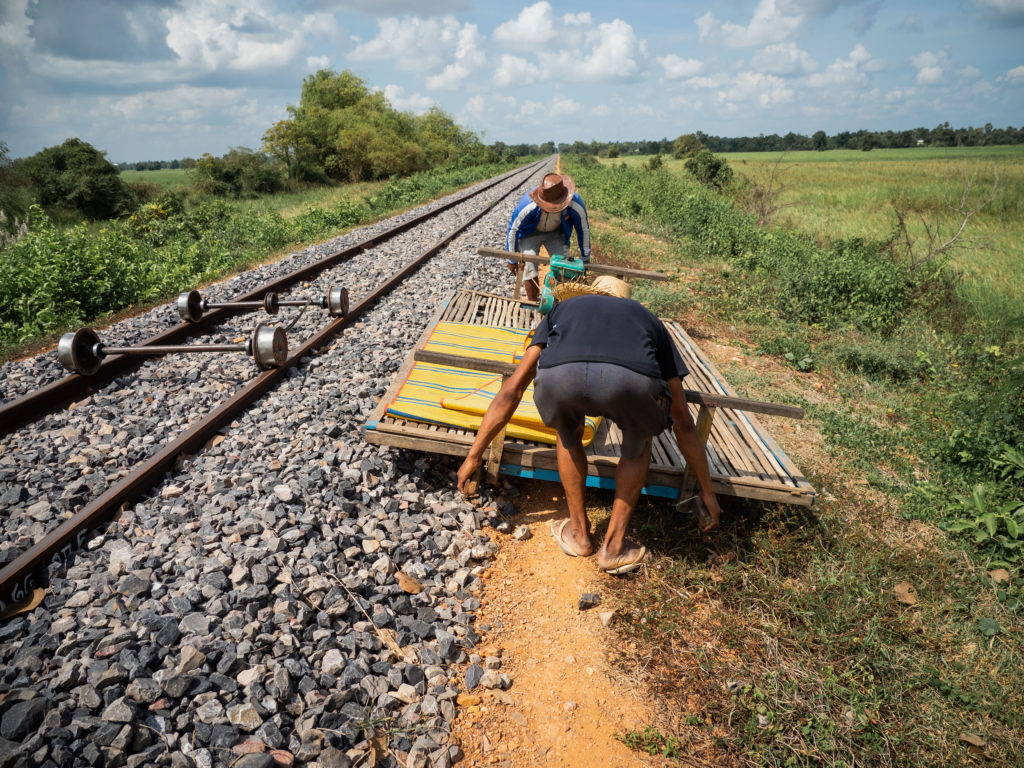
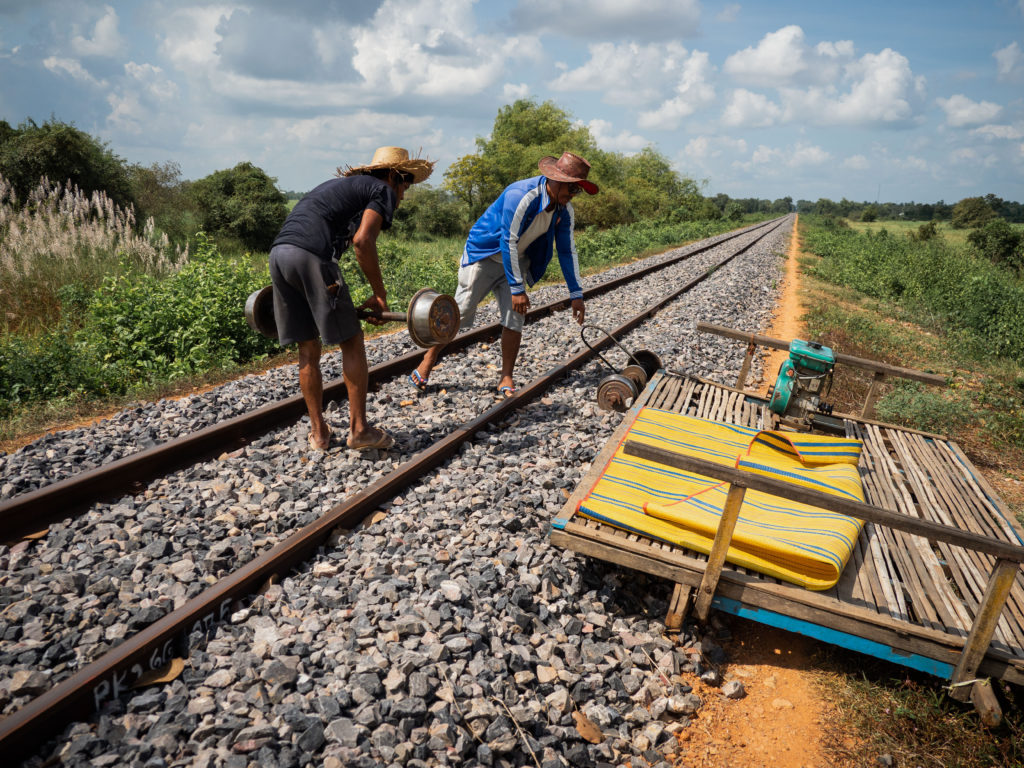
Other notable things: In an effort to encourage Cambodian youths into employment, specifically the arts, several organisations have set up circuses, which perform regularly for tourists (think Cirque du Soleil rather than Krusty the Clown, but with a bit (a lot) less finesse). These kids were pretty impressive though and their backflips were much more competent than mine.
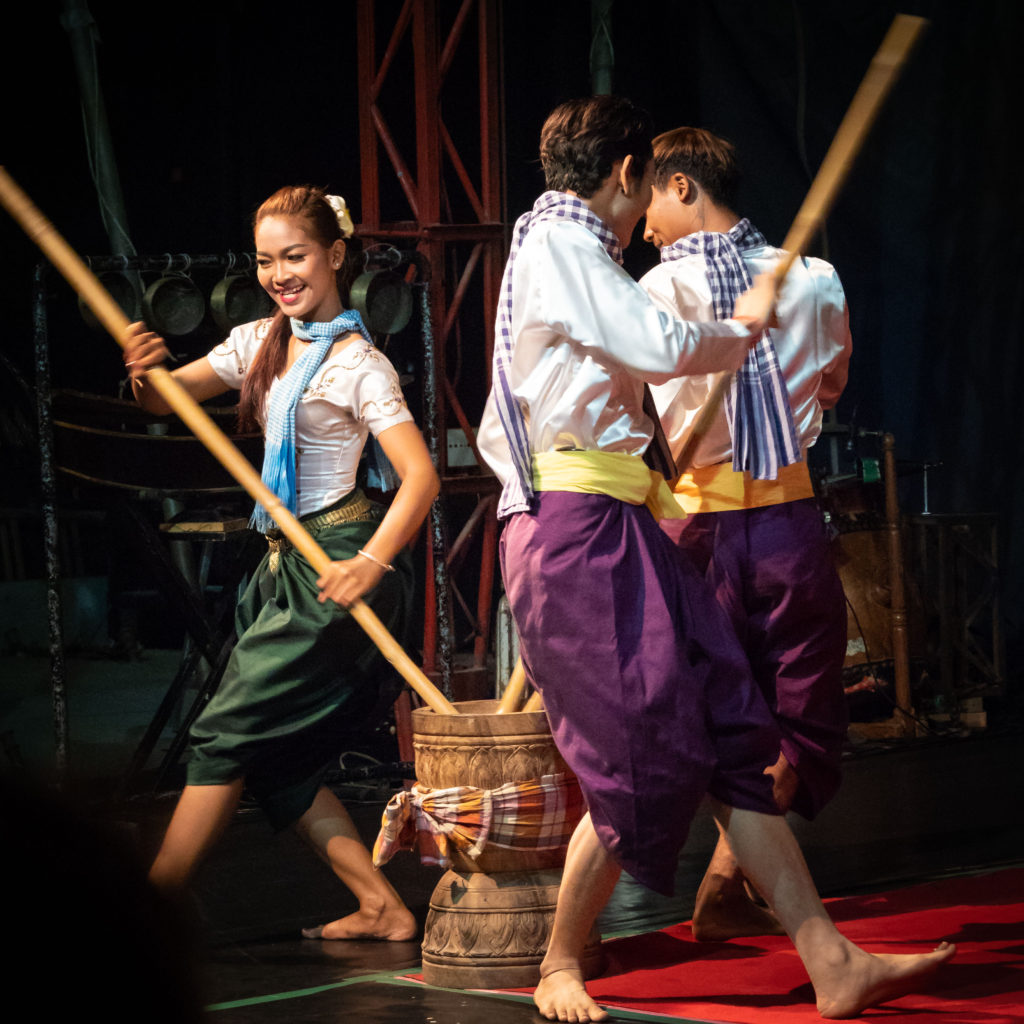
Lessons Learnt: Firstly, there is a large crocodile farming industry in Cambodia, and we visited a small crocodile farm that was breeding them to be shipped off to Vietnam and China to become a local person’s dinner and next season’s Prada handbag (and an ironic pair of Crocs for someone with far too much money, perhaps?). Secondly, Cambodian women wear pyjamas as a legitimate form of daywear. Quite a practical idea if you ask me, they are comfortable, cooling in hot weather and come in lots of pretty patterns and colours. Ladies, let’s start a revolution – who’s with me?
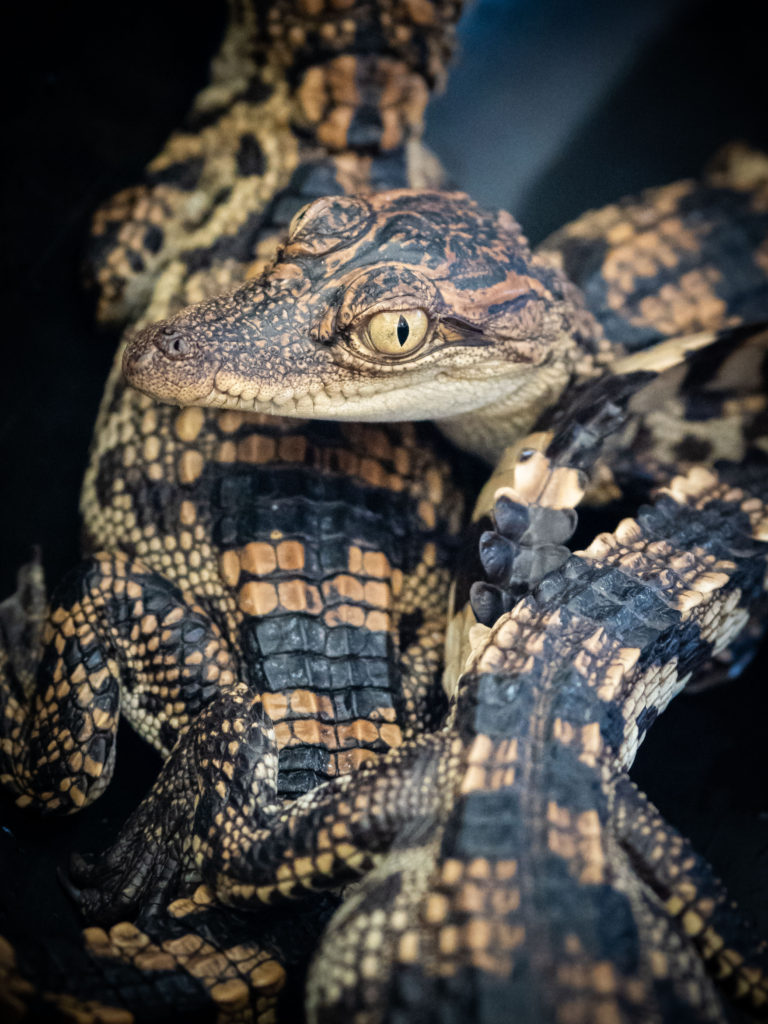
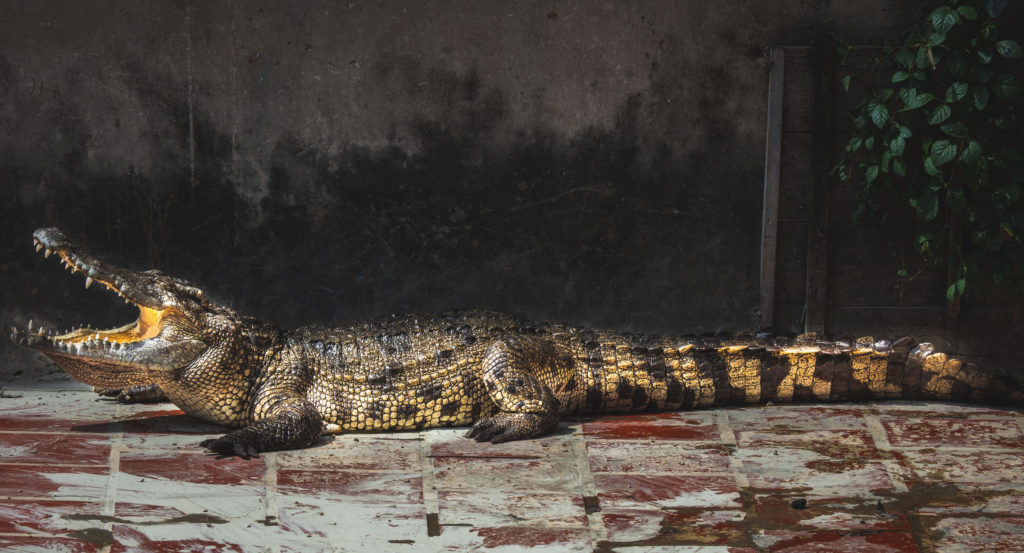
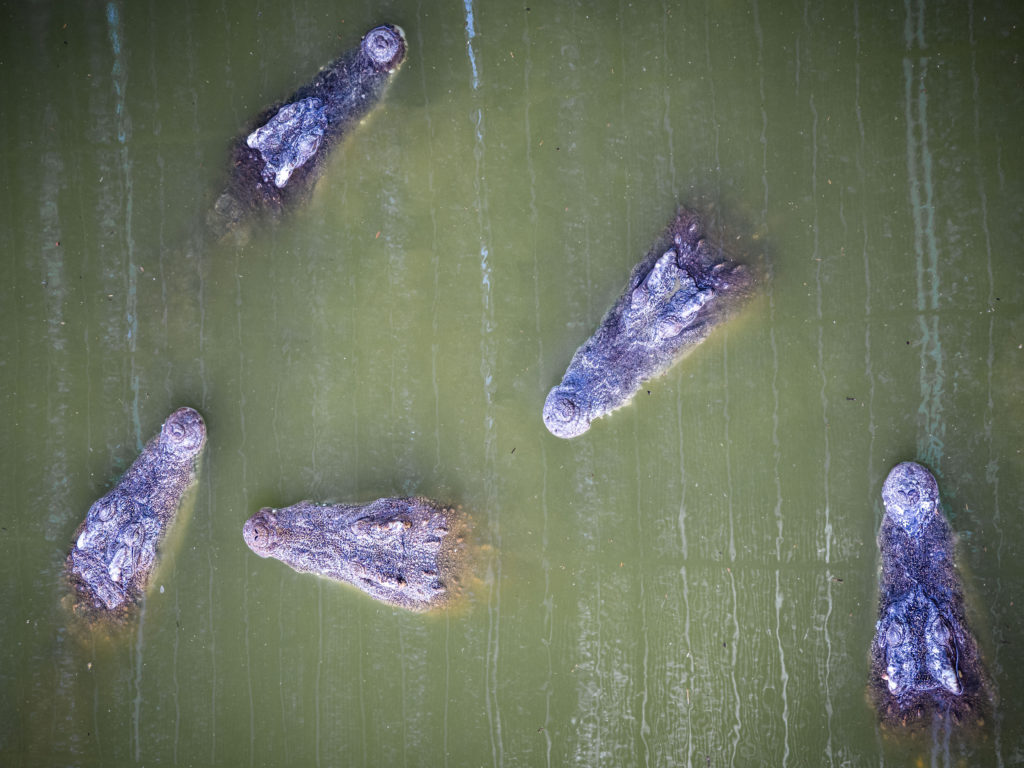
9 Comments
Comments are closed.

Very much ups and downs ………. The killing tree and the human remains is depressing. To think this was happening in mid 70’s is unbelievable.
Once again the words and pictures tell a perfect story. Enjoy, keep safe and look forward to next week’s blog! xxx
Quite a harrowing experience but very moving. On the lighter side batcaves, circuses crocs (and I don’t mean the shoe kind) and pyjamas.?? Bring it on.!! As always brilliant photos to capture your adventure.look forward to your next instalment. Keep safe xxx
Count me in for the pyjama revolution! I’m all in! What a wonderful post. If you haven’t read it… try and read ‘first they killed my father’. It’s all about what happened in phnom penh. Hard to read because it’s so descriptive but a fantastic read. We watched the movie but it doesn’t portray as much as the book does. Anyhoo…. I thoroughly enjoyed this blog post. Felt your ups and downs. Enjoy your last days in Cambodia and Good Morning Vietnam! Xxx
Ps….. fantastic pictures! Captured your moments well x
Great pictures and moving history .
Just spent an hour catching up on your blogs. As always, they are lovely to read and brought back fantastic memories of our trips to that part of the world. Love the photos too…especially Angkor Wat……we too visited on a cloudy morning and didn’t see the famous sunset, but a memorable visit nonetheless.
Enjoyed reading! Brings back good memories (of like a month ago!) I was lucky to get a clear orange glow at sunrise at Angkor wat
What a really good blog read this was for me, I can only imagine the way it was in reality for you guys. The human remains must have been (I actually have no words here) the crocs must have been (again no words). Thanks for sharing so many pics of this week we got to see it somewhat with you guys.
The Killing Fields look like such a hard place to visit, but so important to remember the history. Cambodia looks amazing though, enjoy your time there guys!